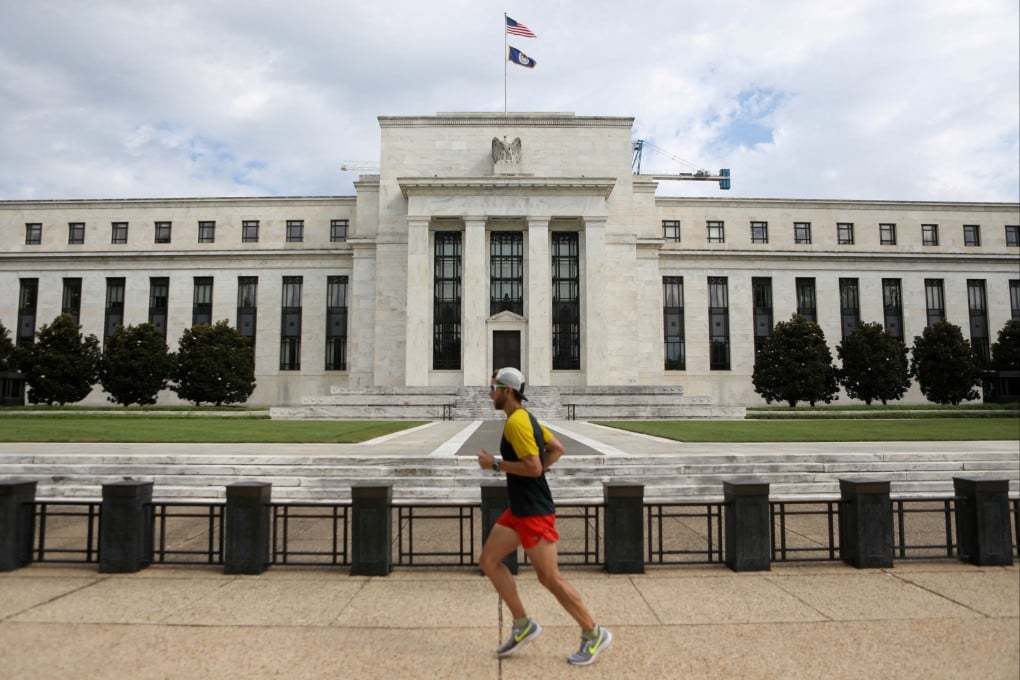Opinion | How America’s national debt has become the world’s liability
- While the risk of America’s debt is shared by global lenders and investors, US leverage makes the burden far from fair

Money is a tool of power, and creating it requires a lot of energy, which is why mining cryptocurrency is highly energy-intensive. The estimated power used to produce cyber-assets ranges from 0.4 per cent to 0.9 per cent of the electricity generated annually worldwide. The market capitalisation of cryptocurrency was valued at around US2.4 trillion as of March.
Put in perspective, the size of the global financial system per the Financial Stability Board at the end of 2022 was US$461 trillion, more than four times world gross domestic product (GDP). Banks accounted for 39.7 per cent of total financial assets, nonbank financial intermediaries for 47.2 per cent, central banks for 8.5 per cent and public financial institutions 4.6 per cent.
These used to scare financial regulators, as their notional value was as large as US$618 trillion, about a third larger than global total financial assets in 2022. However, the gross market value of over-the-counter derivatives, summing contracts with positive and negative values, was only US$20.7 trillion that year, according to data from the Bank for International Settlements.

